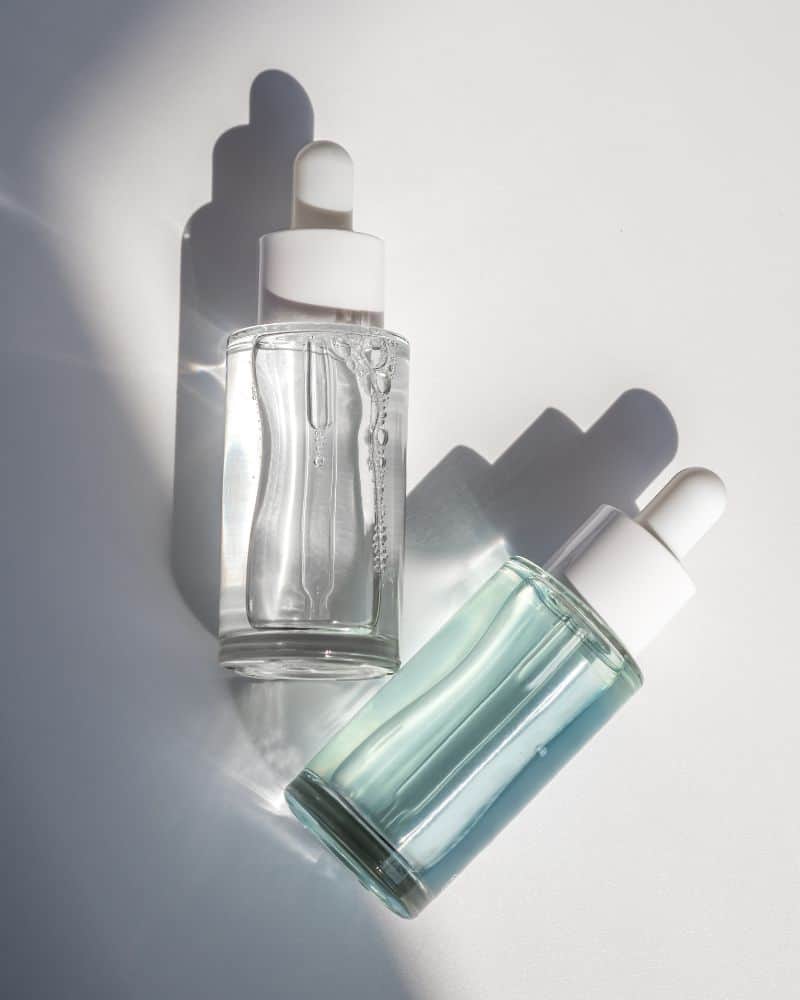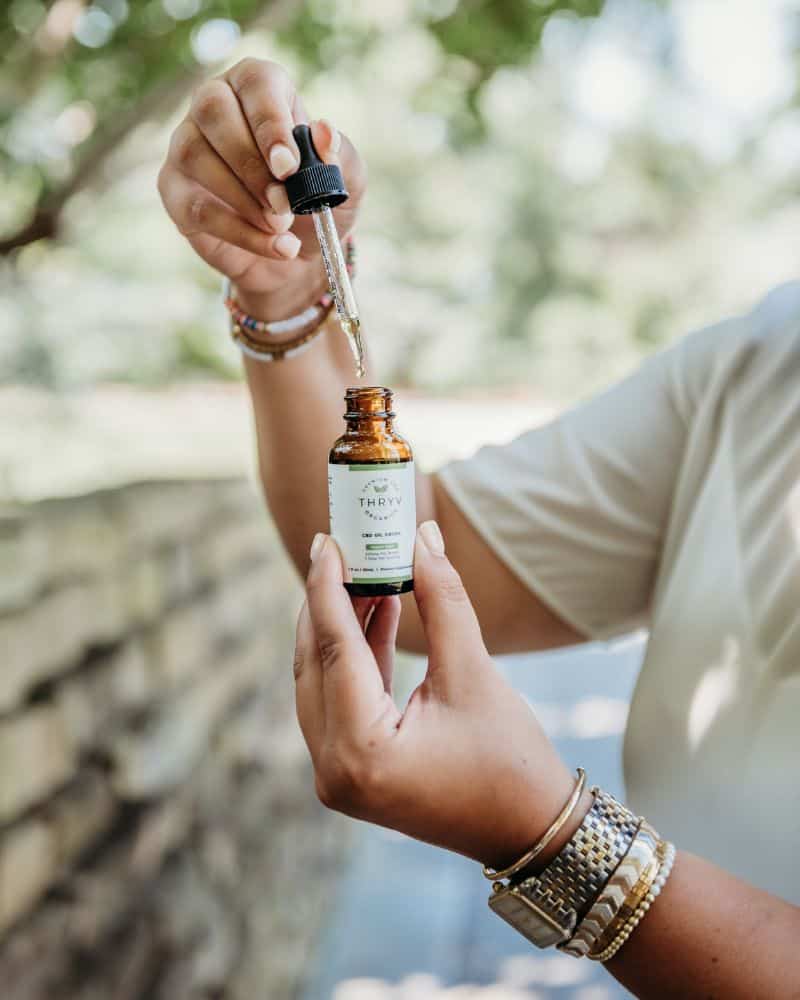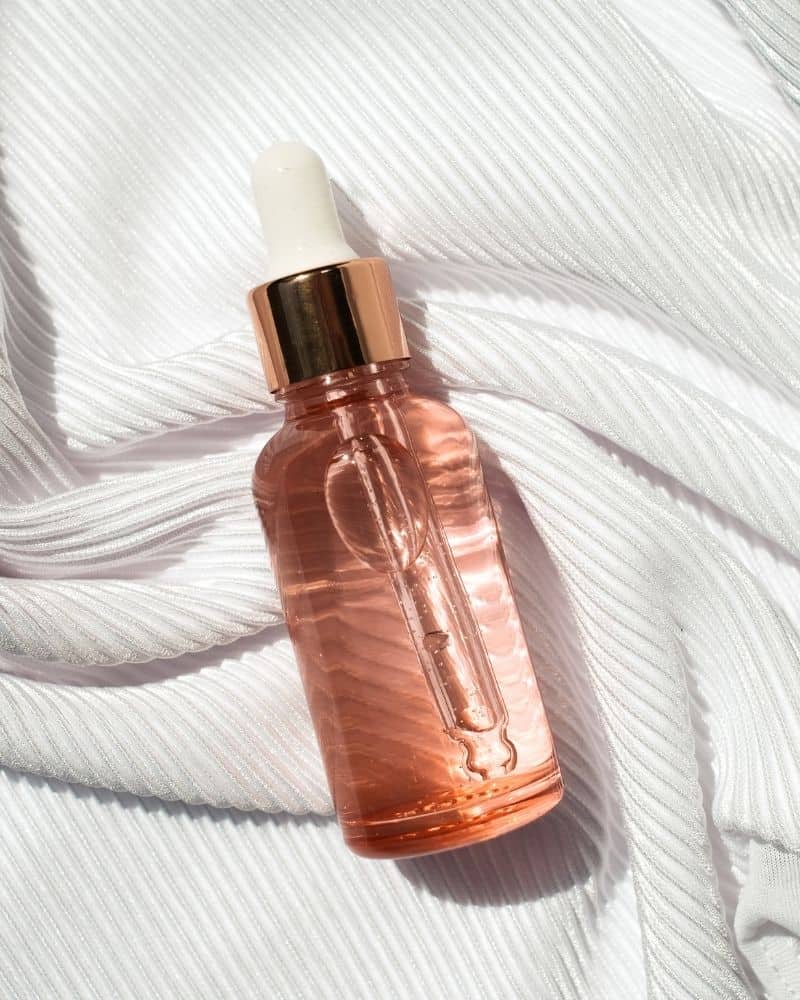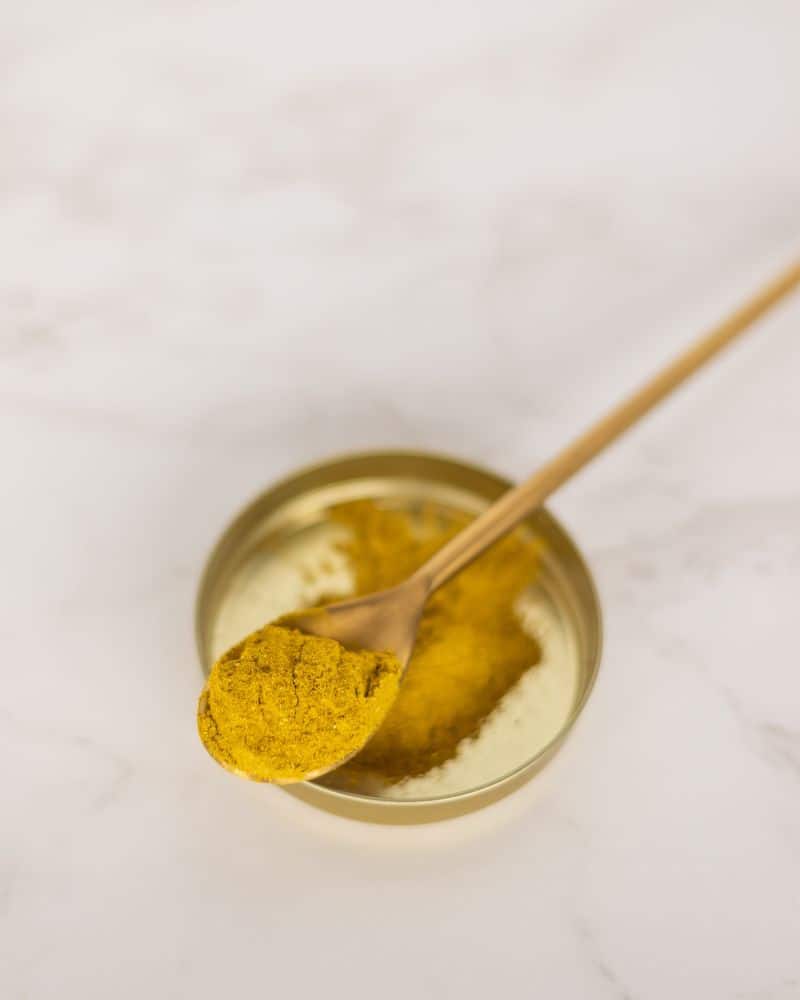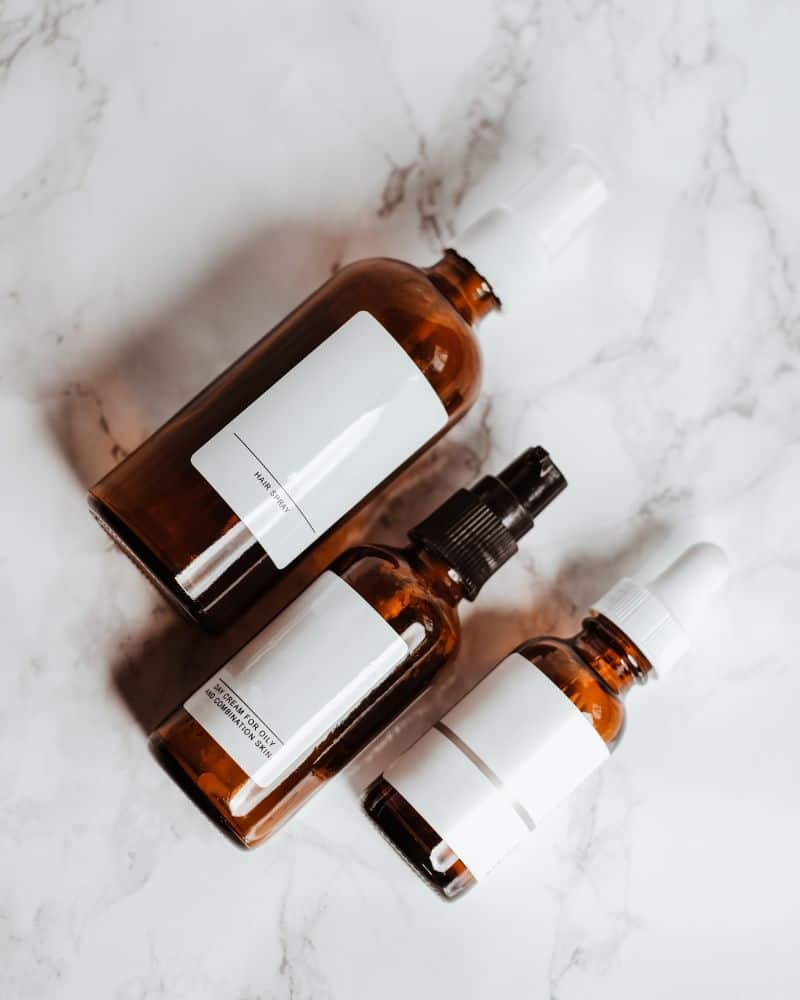Can You Slug Over Tretinoin Or Retinol?
This post may contain affiliate links.

Slugging is a skincare technique that’s been gaining in popularity in recent years. With the promise of waking up to dewy, hydrated and plump skin, it’s no wonder it’s become one of the most popular skincare trends. Slugging involves using a thick occlusive like Vaseline or Aquaphor as the final step in your skincare routine to lock in moisture and prevent transepidermal water loss. But can you slug over tretinoin, retinol or Retin-a? Here’s everything you need to know about slugging and tretinoin.
What Is Slugging?
Slugging can be defined as the last step in a skincare routine that involves applying a thick layer of Vaseline or Aquaphor to your skin. The idea is that it can help seal in the moisture from your other skincare products, giving you soft and supple skin.
Slugging is always the last step of your skincare routine and it’s often best paired with humectants and other hydrating ingredients.
And when you wake up in the morning, your skin can look dewy, plump and hydrated.
Benefits of Slugging
- Locks in moisture and prevents transepidermal water loss
- Helps repair and strengthen the skin barrier
- Treats and prevents dry skin
- Can help treat eczema flare ups
- Promotes wound healing
- Helps to treat signs of aging like fine lines and wrinkles
Can You Use Vaseline or Aquaphor After Tretinoin?

Although tretinoin can have some incredible benefits for the skin, it’s known to cause dryness and irritation. And one of the best ways to combat dryness from tretinoin is slugging with an occlusive like Aquaphor, Vaseline or Cerave Healing Ointment.
While professional opinions differ on whether you can slug over tretinoin, many skincare fanatics rave about the results that can be achieved by adding an occlusive to your skincare routine. Slugging can help to prevent dryness and irritation from tretinoin or Retin-A and keep your skin barrier strong and healthy.
Some experts say that using an occlusive over chemical exfoliants like tretinoin or even glycolic acid can be too much for the skin because the occlusive essentially “traps” the active ingredients on the skin and can cause irritation.
However, slugging over tretinoin or Retin-A is one of the best ways to combat the dryness and flakiness that can be caused by these active ingredients. While there is no definitive answer on whether or not you can slug with tretinoin, it’s likely because each person’s skin can react differently to slugging with tretinoin.
Many people can tolerate slugging with tretinoin without any issues, while others can experience dryness, irritation and flakiness. So it’s certainly worth a try, especially if you’re struggling with dryness and irritation from tretinoin. If you experience any negative side effects from slugging with tretinoin, simply stop using an occlusive on those nights you use tretinoin. You can still reap all the other benefits of slugging without the risk of irritation.
Can You Slug Over Retinol?
Retinol, like tretinoin and Retin-A, can be effective for reducing signs of aging like fine lines and wrinkles, but can also cause dryness and irritation.
Just like with tretinoin, adding an occlusive to your skin can help neutralize the negative effects of retinol, seal in moisture and keep your skin barrier strong. Since retinol is weaker than tretinoin, you can probably get away with using an occlusive over retinol without any negative side effects.
But if you’re experiencing any negative side effects like dryness, irritation or flakiness, it’s best to avoid slugging over retinol and stick to slugging on nights you don’t use any actives.
Related post: Can Retinol Go Bad?
Benefits of Slugging Over Tretinoin

Tretinoin (a form of vitamin A) is one of the most effective ingredients for treating wrinkles, acne, uneven texture and pigmentation. However, it can also be incredibly drying and irritating for some people. Applying an occlusive layer over tretinoin can help to prevent dryness and irritation while still allowing it to penetrate into the deeper layers of the skin. Some people think that this will cause increased irritation because it traps tretinoin on the surface but this isn’t necessarily true; it’s best to experiment to see if this works for you.
Related post: Can You Use Rosehip Oil On Top Of Retinol
How To Slug Your Face
If you’re wanting to try out slugging for yourself, here are a few tips to help you get started. Luckily, it’s super easy to do whether your slug over tretinoin or not.
- Step one: Wash your hands.
- Step two: Cleanse your skin as normal
- Step three: Apply your tretinoin/retin-a/retinol or other skincare serums
- Step four: Wait at least 20 minutes
- Step five: Apply your moisturizer
- Step six: Apply a thin layer of Aquaphor, Vaseline or Cerave Healing Ointment
Related post: Tretinoin Wait Time To Apply Moisturizer
Can You Slug Over Tretinoin FAQ’s
How often do you slug?
There is no limit to how often you can slug. Although most people prefer to slug at night because of the greasyfeel that can linger on the skin, some people can tolerate slugging in the morning. If you experience increased dryness or irritation when slugging with tretinoin or retinol, you can always slug on the nights you don’t use those ingredients in your routine.
Can you slug with Aquaphor?
Yes, you can definitely slug with Aquaphor! In fact, Aquaphor is one of the better occlusives to use when slugging because of its thinner texture and added ingredients like glycerin and panthenol, both of which can help to nourish and soothe the skin.
Can you slug every night?
Yes, it’s perfectly fine to slug every night. However, if you’re experiencing any negative side effects like dryness or irritation, it’s best to avoid slugging on the nights that you are using actives.
Can I use Vaseline before tretinoin?
When using tretinoin or Retin-A, it’s often recommended to “buffer” or prep the skin with a moisturizer or an occlusive like Vaseline before applying these active ingredients. This “dilutes” the tretinoin which can prevent irritation or redness.
However, an occlusive, like Vaseline or Aquaphor, is meant to create a barrier on the skin which prevents irritants from getting on the skin. So if you apply Vaseline and then apply tretinoin, it’s possible that the Vaseline will prevent the tretinoin from working because it can’t reach the skin. It’s better to buffer tretinoin with a regular moisturizer.
Can You Slug Over Tretinoin Wrap Up
Slugging has become increasingly popular in recent years, mostly thanks to social media. Though slugging isn’t a new technique – dermatologists often recommend using an occlusive layer to prevent water loss and keep the skin barrier strong and healthy. When slugging over tretinoin, it can help to diminish the dryness and irritation that’s often associated with this active ingredient. However, some experts warn that slugging with retinol or tretinoin can cause increased irritation and dryness because it’s trapping the active on the skin. Ultimately, it comes down to your skin type and what works best for you. If you can tolerate slugging, it can be a great way to get the results of tretinoin without the side effects – but if your skin can’t handle it slugging and tretinoin, you can alway slug on the nights you don’t use any active ingredients.
Personally, slugging with Aquaphor or CeraVe Healing Ointment has been a game-changer for me, and I highly recommend giving it a try if you’re struggling with dryness or irritation from tretinoin or retinol. I love using Aquaphor over tretinoin because it has a thinner texture and doesn’t feel as goopy. CeraVe Healing Ointment also feels much lighter than Vaseline and has a ton of amazing ingredients to add hydration, moisture and soothe skin.
